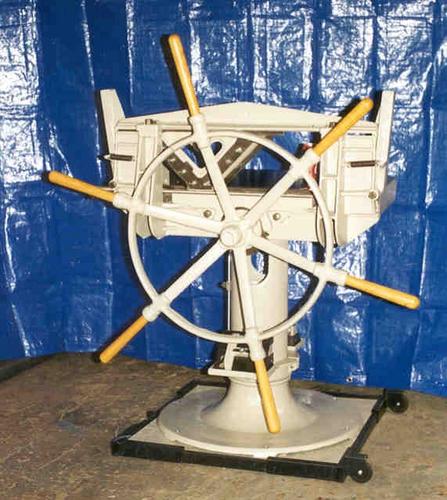I was just having a look for a way of cutting a few mitres by hand, and specifically the accuracy of one of the Stanley plastic mitre boxes. I googled "Stanley Mitre Box accuracy", and landed on a couple of American fora- Sawmill Creek et al. They were discussing old mitre boxes, specifically the Stanley 358.
That looked interesting, so i wondered what one would cost me. Every example is in the USA. I cant even find anything similar here.
What did people use back in the day, before the days of Nobex? It must have been a common enough task, and yet examples of non powered mitre saws, non plastic mitre boxes etc are noted by their absence on ebay.
That looked interesting, so i wondered what one would cost me. Every example is in the USA. I cant even find anything similar here.
What did people use back in the day, before the days of Nobex? It must have been a common enough task, and yet examples of non powered mitre saws, non plastic mitre boxes etc are noted by their absence on ebay.
































